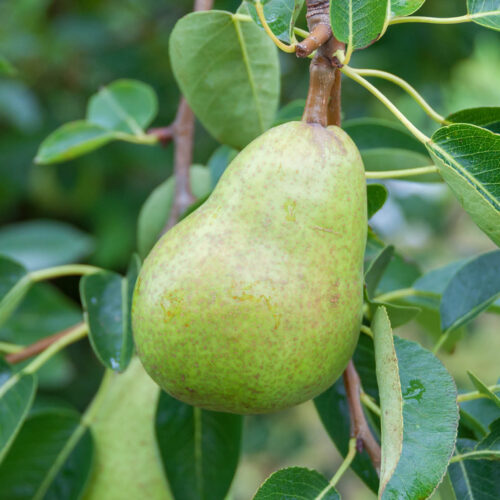How to grow wombok
2024-06-18T16:41:50+10:00
Add this Asian green to your patch for a fresh addition to stir-fries, salads and soups. You'll also have the main ingredient to make kimchi.
The two golden rules for growing wombok successfully lie in the soil and timing.
Soil preparation
I cannot emphasise this enough: fastidious soil preparation is vital for all Asian greens as they are hungry feeders, and need a nutrient dense and rich soil to thrive. Provide a diverse range of food, depending on what you have on hand, such as compost, well-rotted animal manure, worm castings, green manure, chicken manure pellets, blood and bone, and a sprinkling of rock dust. Well-prepared soil should be dark and rich in colour, with a crumbly, airy texture. With the right preparation, you won’t have to feed plants again during the growing season. If not, top up with weed tea or fish emulsion as plants grow.
Timing
To prevent your wombok bolting to seed before they form a dense head, you need to work backwards so they mature before it really warms up. Wombok takes around 2–3 months to fully mature, and planting is best done autumn to winter with the aim to harvest by mid-spring. If you have plants still maturing in late spring, cover them with 30 percent shade cloth to avoid heat stress. Alternatively, try the Tokyo Bekana (mentioned in ‘Two different types of wombok’ on previous page).
You also need to take into account the following:
Spacing
Wombok has an upright growth habit and is more compact than traditional western cabbage. It can be spaced 25–30cm apart.
Position
In cooler climates, plants will need a full-sun position, particularly if you are planting a heading variety. In warmer climates, wombok can be planted in part-shade.
Watering
Wombok plants should be always kept moist during the growing season; if they dry out, they will bolt to seed. Mulch well with an organic mulch such as autumn leaves, lucerne or pea straw to conserve moisture.
For more growing tips and ideas subscribe to ABC Organic Gardener magazine and get it delivered to your door.
This article first appeared in our Winter 2024 issue (OG 150).







